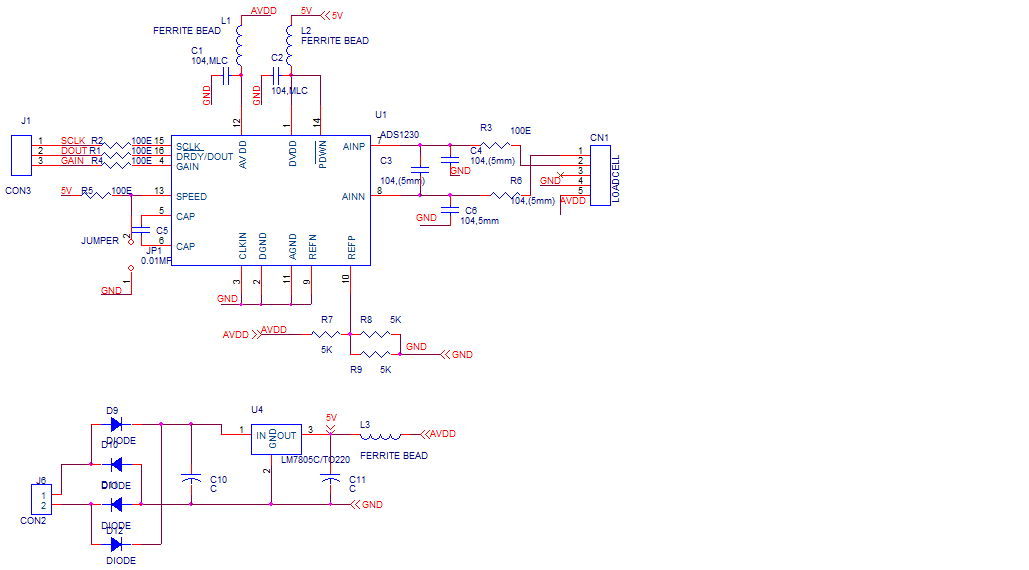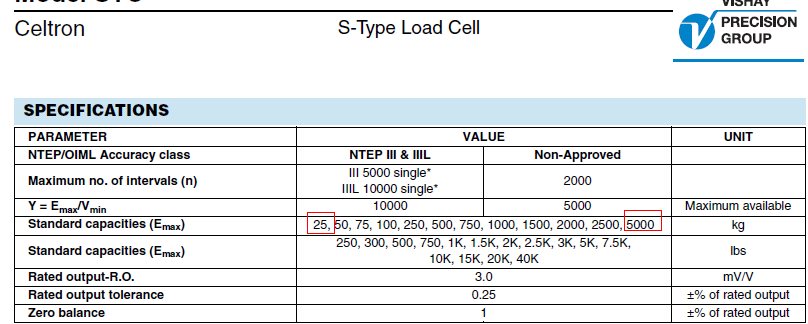Hi....
My name is suresh.Currently i am in chennai. In my project i want monitoring my
weight...
here i used ads1230 ic and pic 18f4550 ic... i finished
coding everythik.. Now my problem is i got counts from adc1230..but
fluctuation.
I used S type load cell.rated output is 3mv/V.
pls help me ... what can i do..............




